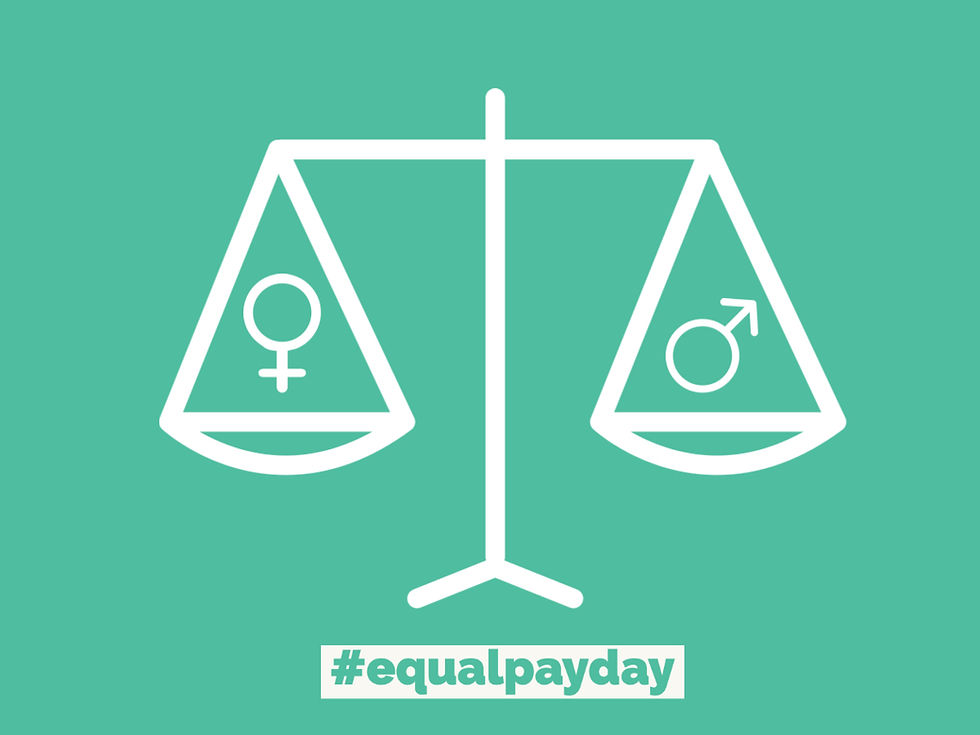Building a Supportive Workplace for People with Disabilities
- Solana Cederboim Wax, MSHR, SPHR

- Oct 14, 2019
- 2 min read
Updated: Apr 29, 2021

When we envision a diverse and inclusive workforce, we tend to think about increasing quality opportunities for people with different backgrounds, race, gender identity, or ages, to name a few. However, it’s also important to look at our policies and to see if they foster supportive practices for individuals with disabilities.
Welcoming people with disabilities into your workplace is not only the right thing to do, but it is also likely to be aligned with many Organizations’ core values and diversity strategies. It is also another way to increase a company’s success in this war for talent; 13% of the American population has a disability, according to the U.S. Census Bureau's findings.
What are you doing to tap into this applicant pool? How can you build an accessible culture?
Educate your team, starting with your supervisors and managers. The use of inclusive language, as well as providing training on the rights and laws that protect people with disabilities in the workplace serves as a good foundation.
Review your job descriptions to ensure that you only require abilities that are essential for the tasks to be performed. Think outside the box; technology and flexible work arrangements may be able to help other non-traditional job seekers perform your duties successfully. Reassess if all your requirements are still needed.
Examine your recruiting practices to ensure your job announcements and application process work for all types of candidates. Offer different options when it comes to submitting applications, interviewing and testing. Encourage people with disabilities to apply; mention on your careers site and job ads if you offer accessible workspaces or practices.
Look at your space: are your offices, building, training, restrooms, signs, and equipment inclusive and accessible to everyone? Accommodations do not have to be expensive; it could just mean downloading a software to someone’s equipment, or buying a different kind of desk, for example.
Foster a culture where your staff feels comfortable asking for accommodations. See how you or leadership responded to other requests in the past, and make adjustments to those processes if applicable.
Need guidance? Reach out to disability-related organizations and ask for help in promoting inclusive employment efforts.






Comments